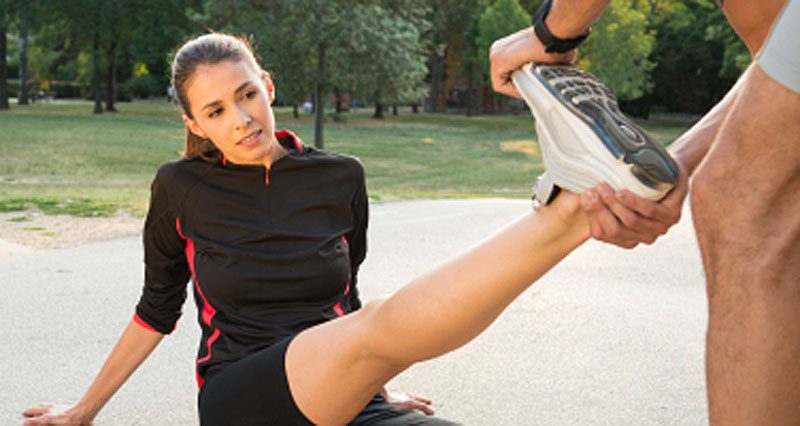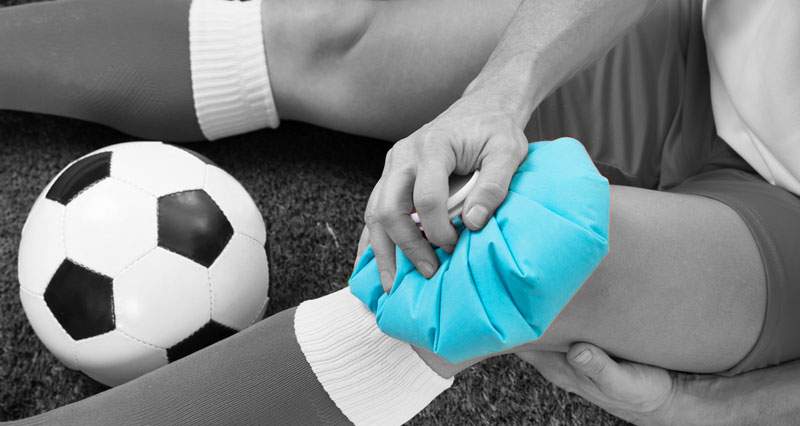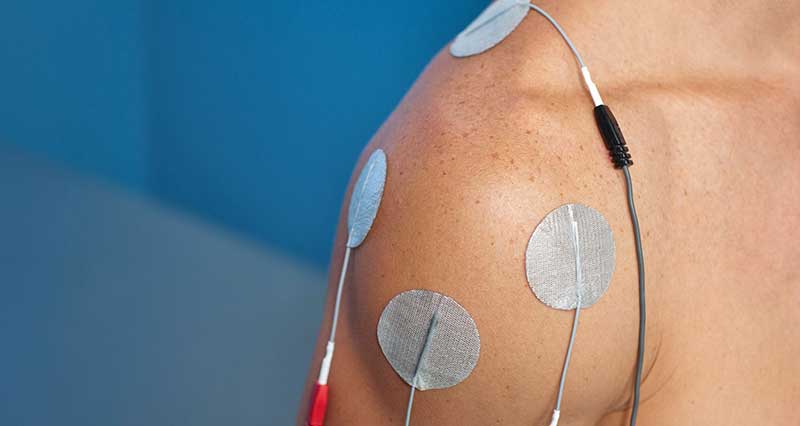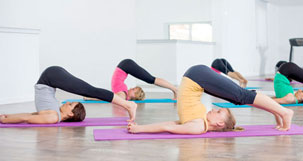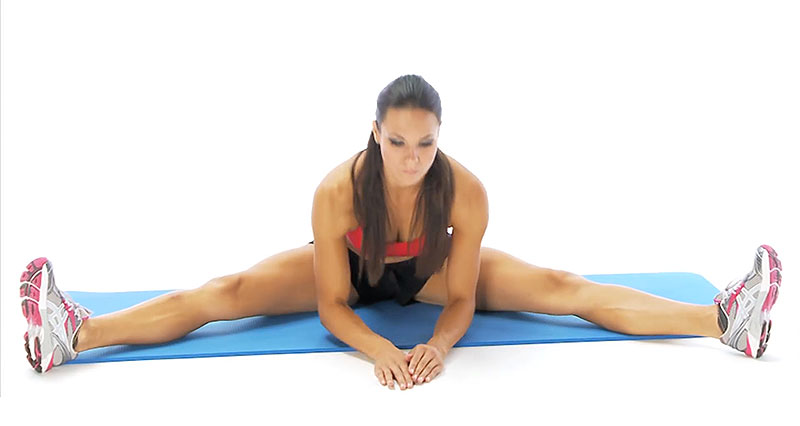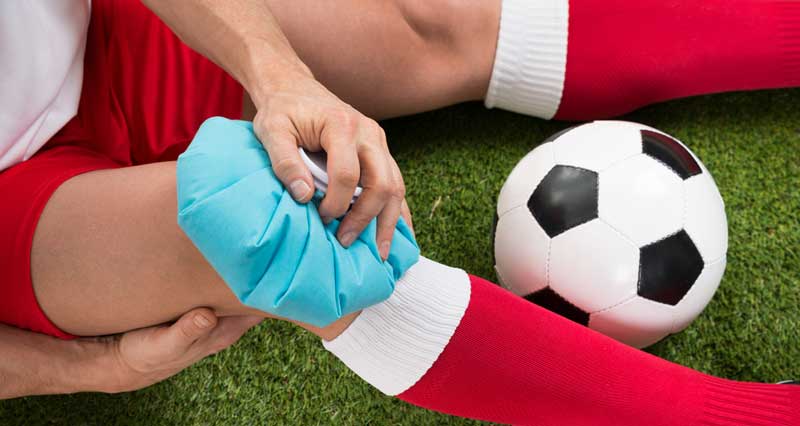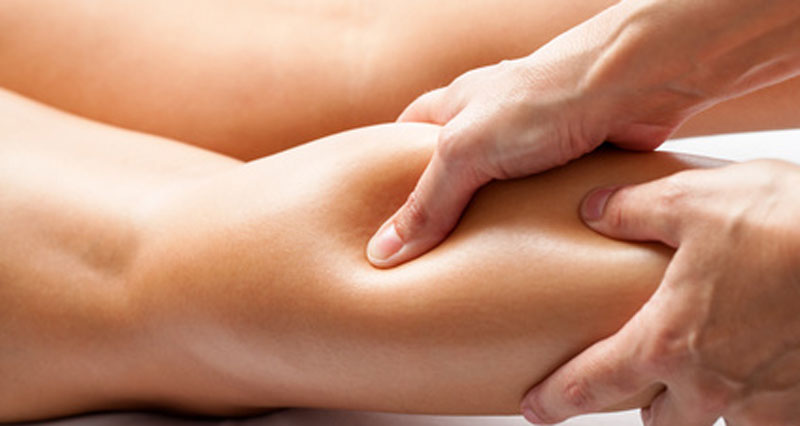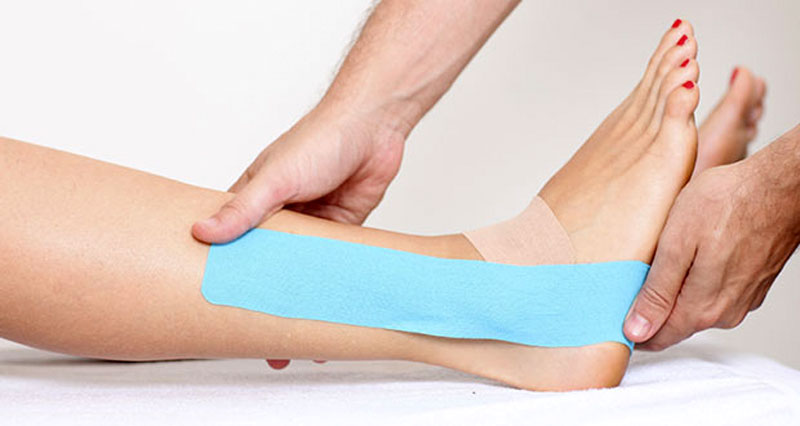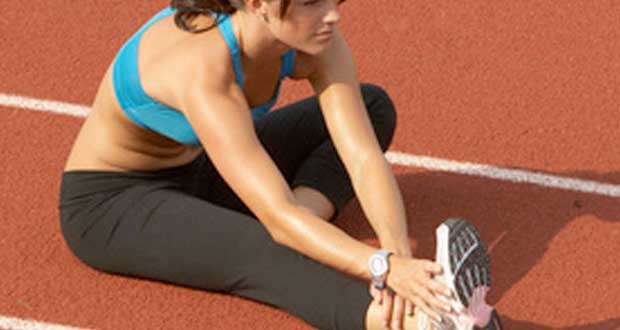Benefits of stretching include increased flexibility, range of motion, improved sports performance, injury prevention, preventing muscle soreness, improving posture, and stress relief. Here we explain how and why these benefits of stretching are achieved.
What are the benefits of stretching?
Increased flexibility and range of motion
- This is the most obvious benefit of regular stretching and usually the reason that people start a stretching programme.
- However, reasons for stretching usually go much deeper than this. For example, why do you want to increase your flexibility?
- Is it to improve your sporting performance, posture, or prevent injury?
Injury prevention
- Being flexible can help to prevent injuries. This can include acute injuries, such as a hamstring strain and overuse injuries such as IT band syndrome or plantar fasciitis.
- Stretching has been used in the warm-up process for many years. It is thought that having flexible muscles can prevent acute injuries by gently stretching the muscle through its range before exercise.
- Dynamic (active) stretches are now recommended for warm-ups, over the traditional static stretch.
Preventing DOMS
- Delayed Onset Muscle Soreness (DOMS) occurs 24-48 hours after exercise. It is thought to be due to microscopic tears in the muscle.
- Stretching before and after training is thought to minimise this damage.
Improving Posture
- In many cases of poor posture which has developed over time, muscle imbalances are to blame.
- A good example is the chest muscles becoming shortened in people who slouch over a computer for long periods.
- Another benefit of stretching these muscles is improved posture.
Improving sporting performance
- Many sports obviously require high levels of flexibility, for example, athletics and gymnastics.
- But even athletes in sports such as Rugby, where flexibility is not immediately thought of as a key component, can improve their performance by becoming more flexible. In order to have healthy muscles, they must be flexible.
- This will help to prevent injuries as already discussed, but it will also allow you to develop strength through the full range of motion at the joint.
- This gives an advantage over someone who has a limited range.
Stress relief
- Muscle tightness is often associated with stress – we tend to tighten up when stressed.
- For example, the neck muscles. Stretching relaxes these muscles and you at the same time!
Factors affecting flexibility
Flexibility is the amount of movement available at a joint. For example, the amount of movement available at the hip joint is determined by how far the leg can be moved in each of the permitted motions (e.g. flexion – raising the leg up in front). The term flexibility means the same as mobility or suppleness.
- Type of joint: The shoulder – a ball and socket joint, is more flexible (or mobile) than the knee – a hinged joint, for example.
- Muscle tissue elasticity: Injured, poorly conditioned, tight muscles are less flexible.
- Elasticity of tendons: Tendons should stretch slightly although not to the extent of muscles.
- Laxity of ligaments: Following injury, ligaments can become lax resulting in excess joint movement. Some people are also born with lax ligaments.
- The ability of a muscle to relax: Some muscles are unable to fully relax due to increased tone – usually postural.
- Temperature of the joint and associated tissues: Joints and muscles offer better flexibility at body temperatures that are 1 to 2 degrees higher than normal.
- Bony structures which limit movement: Some people develop bony growths known as spurs which may limit joint motion.
- Temperature of the environment: Warmth promotes flexibility.
- Time of day: Flexibility is lower first thing in the morning.
- Injuries: Muscles often tighten up to protect an injury, resulting in lower flexibility.
- Age: Flexibility tends to decrease with age.
- Gender: Females are on average more flexible than males.
How can I improve flexibility?
The most commonly used method of increasing flexibility is via flexibility exercises known as stretching. There are many different ways to stretch:
Static stretching
The muscle is taken to the point of stretch and held for anywhere between 10 and 60 seconds. If the stretch fades, the body part is moved a little further until the stretch is felt again. This can also be performed with a partner.
Dynamic or Active stretching
Dynamic stretches involve taking a muscle through its entire range of motion, starting with a small movement and gradually increasing both movement range and speed.
PNF – Proprioceptive Neuromuscular Facilitation
Includes hold-relax and contract-relax stretching. This type of stretching should only be undertaken by a trained professional. PNF stretching works on the theory of reciprocal inhibition, whereby the opposite muscle is contracted first to encourage full relaxation and a further stretch to occur e.g. contraction of the hip flexors to stretch the hamstrings (hip extensors).
MET’s – Muscle Energy Techniques
These are similar to PNF techniques although the muscle forces used are a lot lower. Also, the stretching muscle is contracted, i.e. to stretch the hamstrings they are first contracted.
Flexibility top tips
There are other ways in which flexibility can be improved. These include:
- Sports massage works to increase muscle flexibility by stretching the fibres, breaking down adhesions, trigger points, and scar tissue and warming the muscles prior to stretching.
- Perform thorough warm-up’s: Warming-up before exercise will gradually increase the temperature of your muscles and along with this your flexibility, helping to avoid injuries.
- Stretch after exercise: Stretching after exercise will help to prevent muscle stiffness caused by muscle damage sustained during exercise.
- Stretch first thing in the morning: This helps to set the muscle length for the day.
- Strengthen the opposite muscle: For example, if you have tight hamstrings, you should also look to increase the strength of the hip flexor muscles such as Rectus Femoris and Iliopsoas. The reason for this is that these muscles work to hold the hamstrings in their lengthened position (hip flexion).
- Warm the muscle: Using a warm pack or warm bath prior to stretching will help you get better results.
- Drink lots of water: Keeping hydrated helps to flush out toxins from the muscles.
